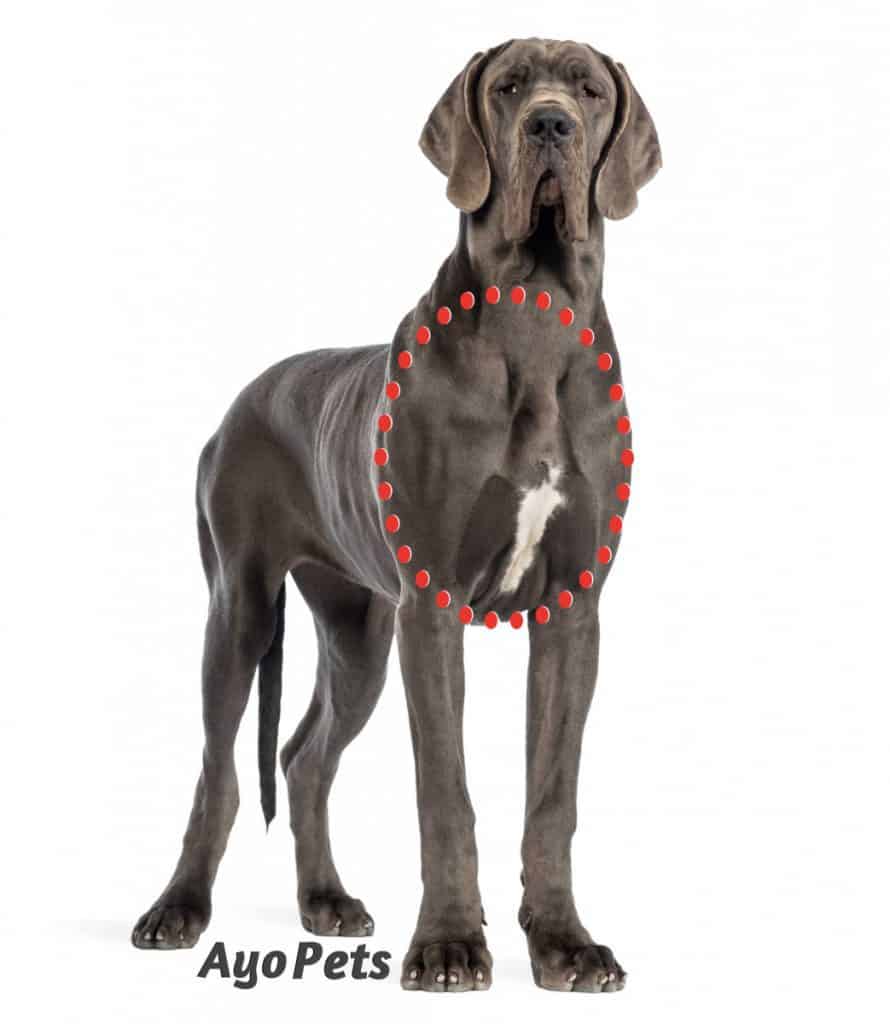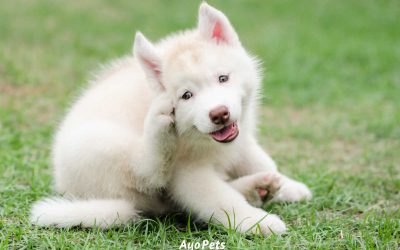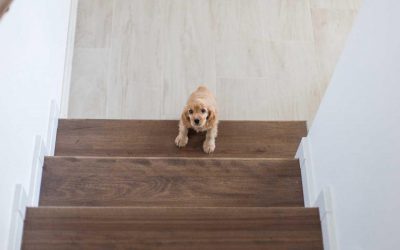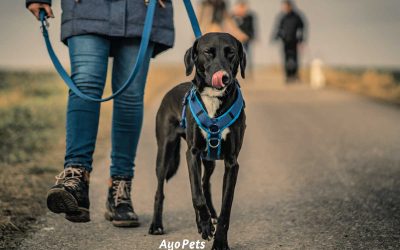My brother’s puppy, Paris, used to lick and chew on anything she could reach. She often ate dirt, but she also enjoyed licking painted walls and wooden fences. I recently found out about a condition called pica, and I was wondering how to tell if Paris had it.
It turns out that…
A puppy with pica eats things that aren’t food, such as stones, dirt, paper, plastics, and fabrics. Puppies do lick and chew on things when exploring the world or to soothe their teething gums, but puppies with pica crave and may obsessively look for non-food items to eat. They even swallow these objects because they cannot control their behavior.
Pica is short for ‘pets with ingestion and caching’. Ingestion means these pets eat things and caching means they may hide them for later. Hiding things is a natural instinct for dogs – such as when they bury bones and remember where to find them.
Eating some sand now and then shouldn’t hurt your puppy, but swallowing a rock could end up in a trip to your veterinarian’s emergency room. Pica is not a puppy just being ‘naughty’, it may be a sign of something more serious that needs to be monitored and managed to keep your puppy safe.
In this article, we’ll look at what pica is and what causes it, the signs to look for to tell if your puppy has pica, and the steps you can take to try and keep your pica puppy safe.
What is pica?
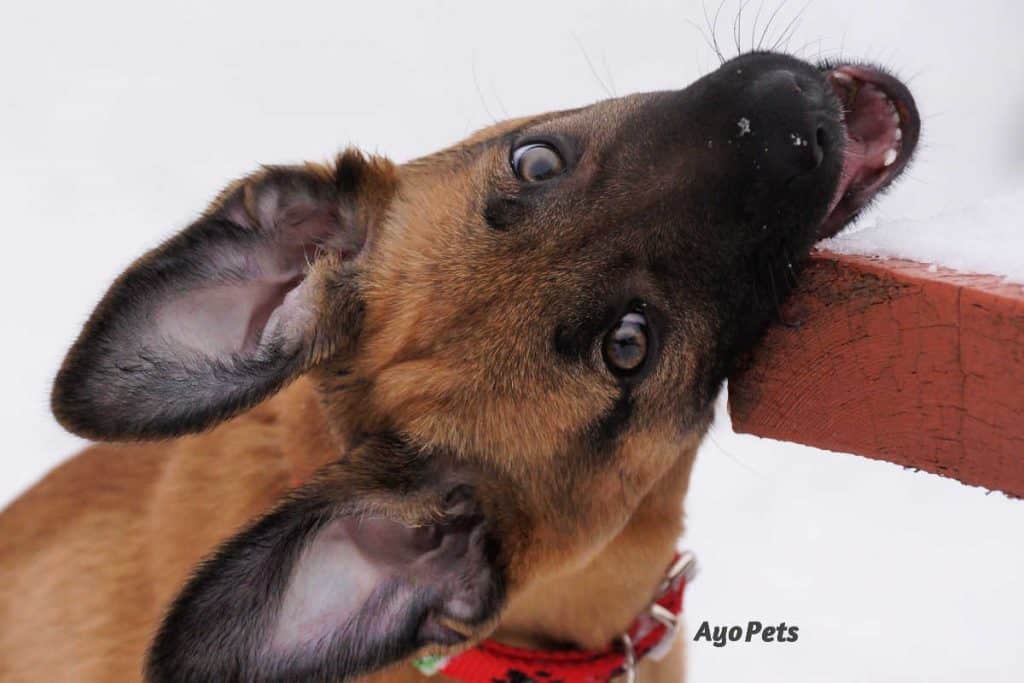
Pica is an eating disorder in dogs. Dogs with pica eat things that aren’t food over and over again. They don’t just chew on or lick these things, and they don’t eat them once and never again.
Dogs with pica crave these items – they may go out looking for them, and they can’t resist eating them when they find them or just happen to come across them.
Just like you might love ice cream but I prefer chocolate, dogs with pica may prefer one or two non-food items. These are their ‘favorites’ to feast on. Other dogs with pica aren’t fussy and enjoy eating many different non-food things.
Dogs with pica have been known to enjoy eating:
- Cardboard
- Carpet
- Dirt
- Drywall
- Firewood
- Grass
- Harnesses
- Linoleum
- Material/fabric items, such as cushions, bedding, towels, socks, soft toys, rope
- Metal items, such as paper clips, coins, nails
- Paint chips
- Paper
- Paper towels
- Pens and pencils
- Plants
- Plastic items, such as toys, clothes pegs, plastic dog bowls
- Rocks
- Rubber items, such as tires or rubber soles on shoes
- Shoes (all parts of the shoe)
- Sticks
- Tissues
- Tree bark
- Wicker furniture
- Wood pieces, wood chips, and wooden items, such as furniture
Dogs with pica don’t chew on these items – they swallow them like food! You need to take extra care if you have a deep-chested dog that’s prone to bloat.
Do puppies get pica?
Most puppies will chew on and may swallow non-food items as they grow up, especially when their adult teeth are coming out when they are between 3 and 6 months old. This is all part of being a puppy and is completely normal.
You can read all about puppy teething (and what happens to those teeth) by clicking HERE.
Puppies chew on things because of their curious nature to discover the world around them, such as what’s yummy and what isn’t. Chewing on hard things also helps their adult teeth to break through their gums, which can be a painful time for your puppy.
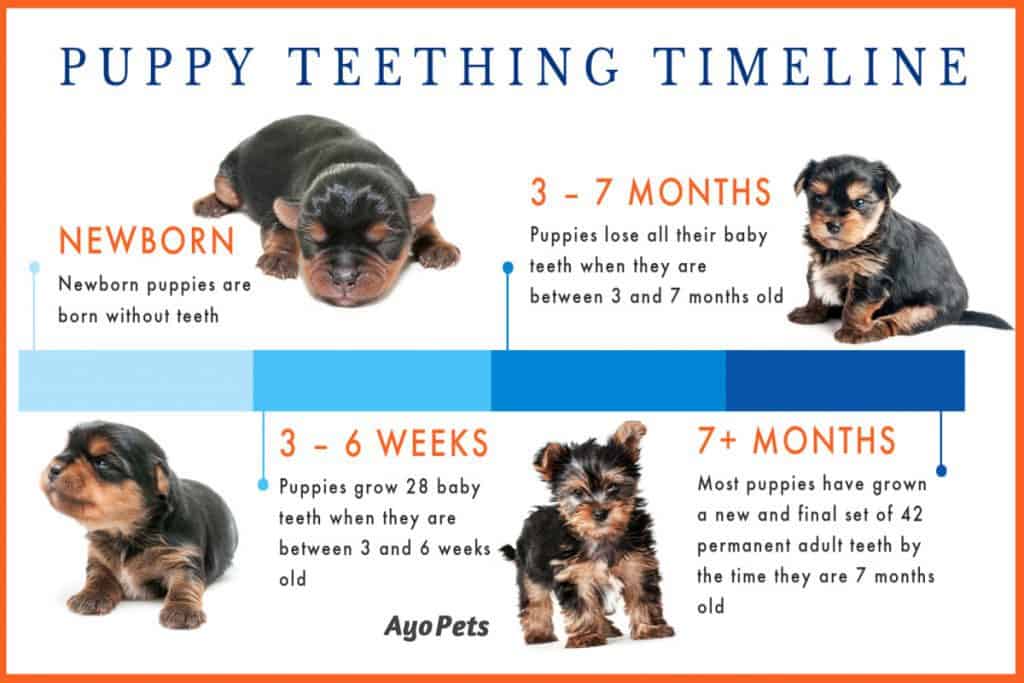
Your reaction to puppy chewing often has an influence on how a dog learns to behave. If you scream, chase and run after your puppy for chewing, your dog will learn to grab and run away with things to chew or to swallow things whole. Or your dog might enjoy all the attention, even if it’s negative attention.
If your puppy is chewing something it shouldn’t eat, try to stay calm and walk away so your puppy follows you. Or trade the item in your puppy’s mouth with a healthy puppy treat.
But what begins as innocent puppy chewing may turn into pica – the obsessive eating of non-food objects. Pica usually starts in teenage dogs between 6 and 18 months of age, or even when the dog is an ‘adult’. Different dog breeds take longer to reach adulthood than others, with most smaller dogs reaching their maturity at 12 months and larger breeds taking 24 months to officially be an adult.
Is pica dangerous?
Pica isn’t dangerous, unless your puppy eats something that is poisonous to dogs or swallows something that gets stuck in the digestive system. If your puppy obsessively eats dirt or grass and your dog isn’t on any preventive medication, then your puppy could eat a worm or go near fleas, and get sick from that.
Pica can be an expensive condition to deal with. Many dog owners have spent a lot of money on surgeries to remove objects from their dog’s intestines.
What causes pica?
Most experts think that pica is an eating disorder based on compulsive behavior. Nobody really knows the true cause of pica, and there might be many things that can make a dog start eating strange things.
A dog may get pica because it feels separation anxiety, is bored, is lonely, has a medical condition, has been abused in the past, or is stressed out. Your puppy might also be sleep deprived (you’ll be surprised at how much sleep a puppy really needs!), exercise deprived, or possessive because of competition with other animals in the household.
Pica may also be a sign that your puppy is lacking a certain vitamin or mineral, so your puppy eats things to try to get this vitamin or mineral because it isn’t getting what it needs from its food. Remember that when changing your puppy’s food, you’ll need to do it slowly over a week or two (here’s exactly how and when to do it) so your puppy doesn’t get sick:
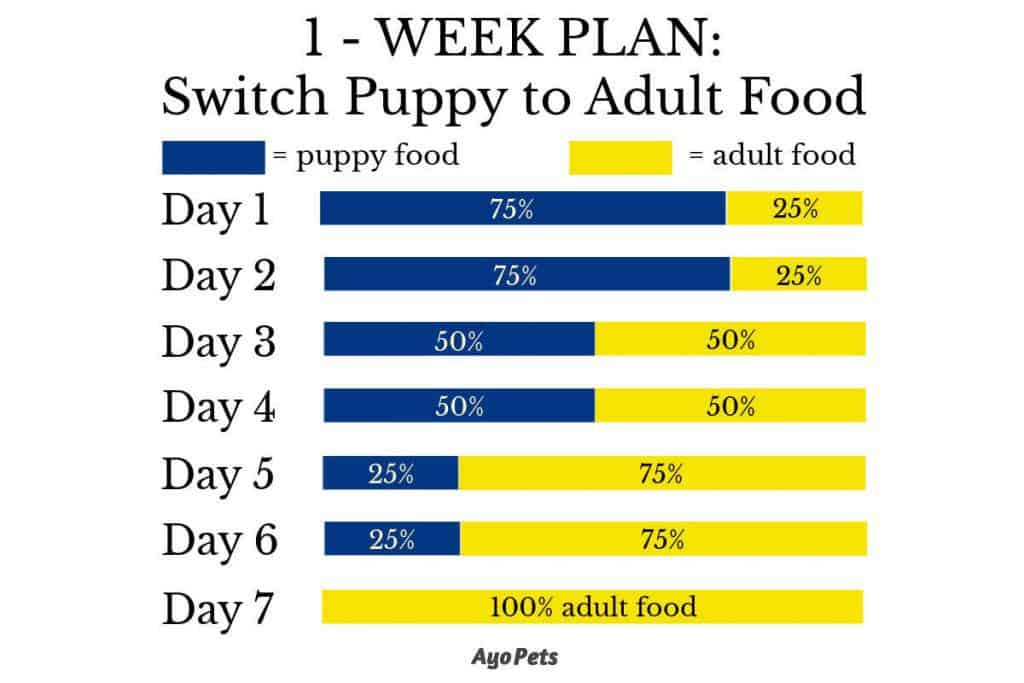
If your puppy’s eating habits have been unusual lately, it’s a good idea to speak to your veterinarian about it. A trained professional should have experience with pica and can examine your puppy to see if there is any underlying medical condition that needs treatment.
Do puppies outgrow pica?
Puppies that chew a lot and sometimes swallow things should calm down when their adult teeth come out, at around 6 or 7 months of age. Biting and eating strange things is pretty normal behavior for a puppy (much to the dismay of first-time puppy owners).
But dogs that develop pica as teenagers or adults often have pica for life, especially if the cause is behavioral and not from a medical condition that can be treated.
How to help a puppy with pica
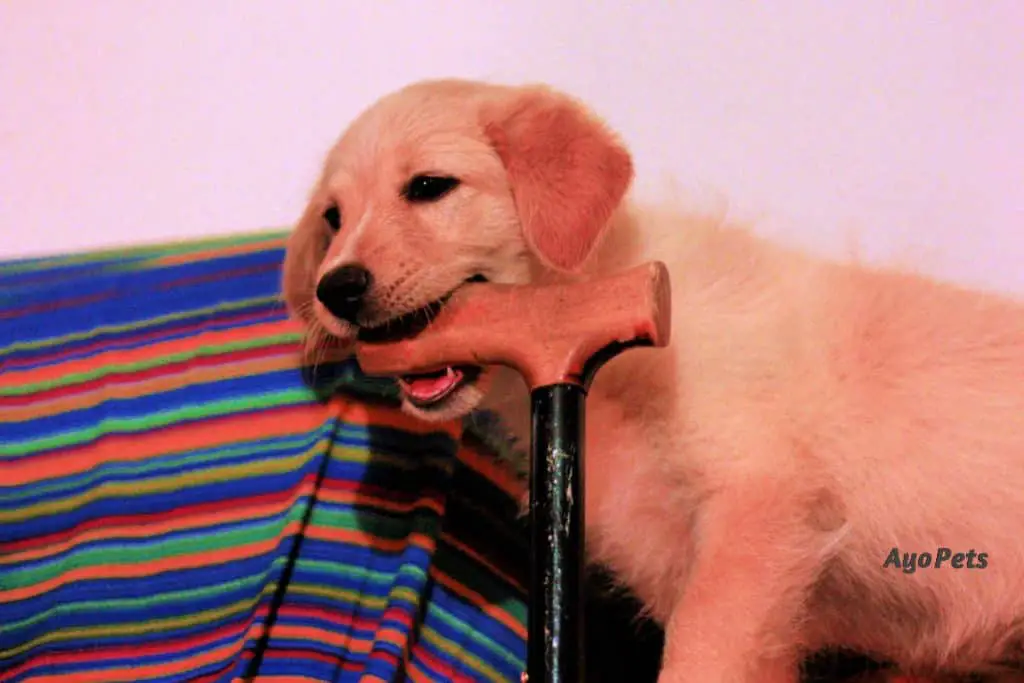
If your puppy has pica, you need to monitor and manage your dog to stop it from swallowing objects.
Here are some things you can try to stop your puppy from eating things or swallowing things on the ground:
Get help from professionals
- If your dog is swallowing non-food items, take it to the veterinarian for advice and to make sure there’s no medical reason for this type of behavior.
- Find a qualified animal behaviorist on the DACVB site to help you with your dog.
What to do at home
- Remove your puppy’s access to the items that it likes to swallow. Don’t leave these things lying around the house or within reach.
- Feed your dog nutritious, balanced dog food (this is the one my veterinarian recommends) and make sure your dog has access to a lot of cool water to drink.
- Train your dog to listen to the commands ‘leave it’ and ‘drop it’. If your dog does get a non-food item in its mouth, you’ll have a better chance of getting it out of its mouth before the swallowing happens.
- Make sure your dog gets enough exercise and mental stimulation throughout the day.
- Give your dog toys to play with, and play games that your dog enjoys, such as these breeds that love playing fetch.
- If you have more than one dog, make sure each dog gets enough attention and that one isn’t fighting for food or toys because the other is a bully and hogging everything.
- Get your dog into a routine. Dogs like a calm environment and a routine, so they always know what’s happening next.
- If your dog is eating something outside, such as your plants, spray them with water mixed with cayenne pepper or vinegar.
- Make sure your puppy is getting enough rest and sleep.
What to do on walks
- Put a basket muzzle, such as this one from Amazon, on your dog if your dog eats things when out on walks.
- Attach your puppy’s favorite toy to a flirt pole and take this out on walks with you. Let your puppy follow the toy and play with it while walking, so your pup isn’t finding things on the ground and swallowing them.
- Use a short leash on walks so you have more control over your puppy and what it does.

